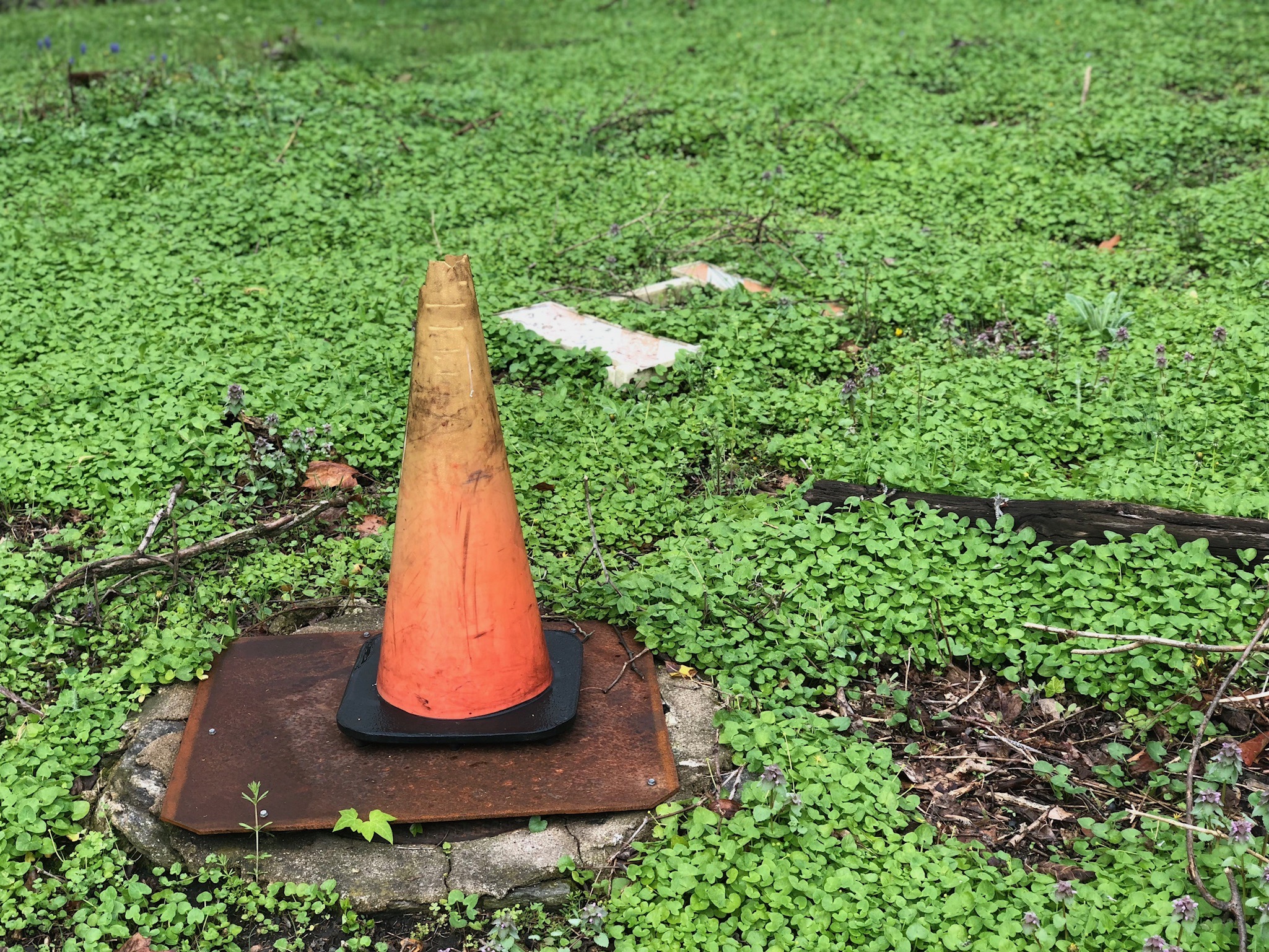Originally a 18′ by 36′ stone house (Wissahickon Schist), the structure wouldn’t have stood out from the other country homes in this part of Philadelphia, at the tip of the Manayunk Reach, situated at the end of today’s Manayunk Canal Towpath, along the 19th-century megastructure that tamed the wild Schuykill into a placid waterway conducive to commercial transit.

Shawmont Station (also Green Tree Station and Nathans’ house)
7700 Nixon Street, Philadelphia
William Strickland (attributed), 1834
But when the house was built–when the canal was king–railroads were just around the corner. While the true dominance of the train lay some decades ahead, the impact landed immediately on Nathan Nathans, who had built the house as a quiet country retreat (to be spoiled by the locomotive outside!) and retained ownership by the time in 1834 when he ultimately had to sue the Philadelphia, Germantown and Norristown Railroad over their claim to the a right of way within spitting distance of the Nathans’ homestead.
(Editor’s note: The Philadelphia Preservation Alliance is the source for many of these facts, and indeed we owe more thanks to them for other reasons to be discussed momentarily.)
Ultimately the railroad won and Nathans gave up the property to a more willing local citizen. The line would first be rolled down by one of those sterling Baldwin trains built at Matthias Baldwin’s factory, in fact his first full scale locomotive, Old Ironsides.

Around 1835, Henry Croskey, who had acquired the building from Nathans, began improving the lot to fit its new purpose. He began calling it “Green Tree Station” and the building often lodged canal workers from the waterway (accessible out the backdoor) in an arrangement with the Schuykill Navigation Company. He held the property until 1853, by which point he had retired to a mansion on Rittenhouse Square, selling to the Philadelphia, Germantown & Norristown Railroad. The station would later be renamed for Thomas Shaw who had acquired Croskey’s manor house on the hill overlooking Green Tree Station.

Credit: Reading Company Technical and Historical Society
The rear addition came 1870, as did the a white paint job (its last coat would come in 1974, two years before Conrail took over the Reading Railroad’s passenger operations, only to be passed to SEPTA another three years later).
Read a timeline of Shawmont Station’s history here.
Just a few months ago, the Delaware Valley Regional Planning Commission used its Transportation Alternatives Set-Aside program to award $1,000,000 for the restoration of Shawmont Station. Although the station has not been used by SEPTA since 1996, the path alongside gets more use than ever, with Venice Island and other parts of Manayunk seeing significant redevelopment.
















